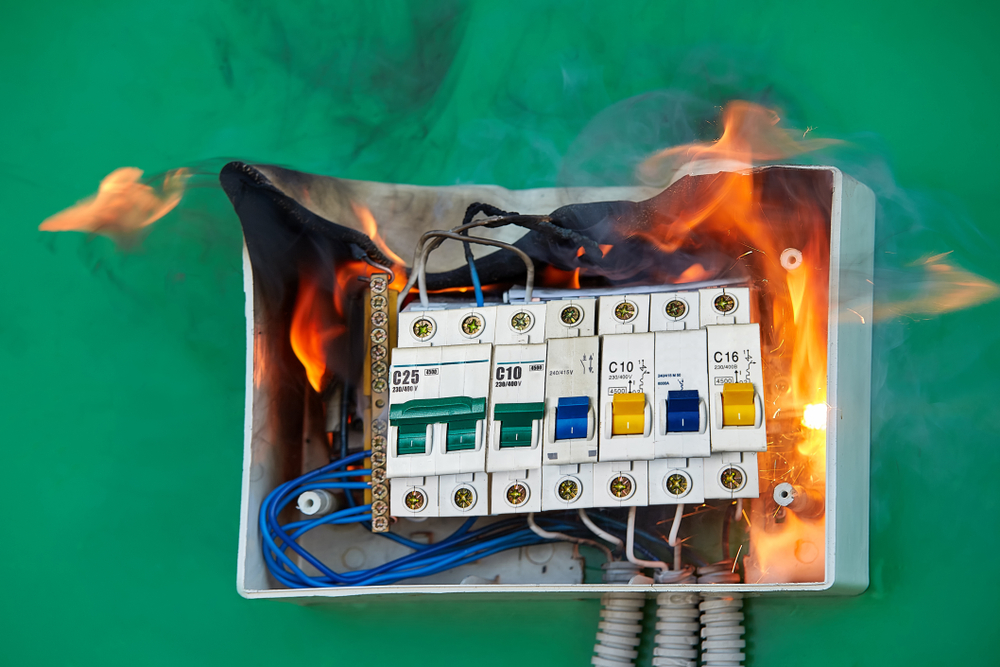Imagine you’re going about your day, and suddenly, you notice water on the electrical outlet in your home. Panic sets in as you realize that water and electricity can be dangerous. In this blog post, we will guide you through the immediate steps to take when dealing with wet outlets and safety and prevention tips to ensure your family and home remain protected.
Key Takeaways
- Water and electrical outlets can be dangerous, potentially leading to electric shock, short circuits, and fires.
- When you discover water on an outlet, turn off the GFCI outlet & switch the power at the breaker box, dry with a hairdryer or air blower & call a professional if needed.
- Take preventative measures such as using covers, applying silicone caulk & installing waterproof tape in flood-prone areas to protect against severe weather.
- If you’re ever in doubt, call an electrician in the Sydney area and make sure you take the proper precautions.
The Dangers of Water on Electrical Outlets
When water encounters electrical outlets, it can lead to disastrous consequences. The primary dangers of a wet outlet include electric shock, short circuits, and the possibility of electrical fires.
Grasping these risks paves the way for suitable actions to protect your household.
Electric Shock
Electric shock is a potentially hazardous electrical current that can cause burns, internal damage, and even fatal cardiac arrest. It can occur when touching wet outlets, as water conducts electricity and allows the electrical current to flow where it shouldn’t. Injuries from electric shock can range from mild pain and numbness to severe burns and life-threatening damage to blood vessels, nerves, and muscle tissue.
Steering clear of wet electrical outlets and promptly addressing the issue can help prevent electric shock. It’s always better to err on the side of caution and avoid touching any electrical components if you suspect there might be water nearby.

Short Circuits
A short circuit occurs when an electrical current deviates from its intended path, causing a sudden surge in power that can be hazardous to appliances and electrical systems and even lead to fires if water enters an outlet. Plugging an appliance into a wet outlet can result in a short circuit, potentially damaging the appliance, causing electrical shocks, and sparking an electrical fire.
Attempting to plug something into an outlet with water inside it can lead to melted wires, power outages, or overloaded electrical outlets, which can cause an electrical fire. When an electrical outlet gets wet, prompt identification and resolution of wet outlets is critical to minimising the risk of short circuits and potentially significant consequences.
Electrical Fires
Electrical fires can be caused by:
- Water entering outlets, sparking and potentially igniting nearby materials
- Faulty or obsolete wiring
- Damaged extension cords
- Overloaded powerboards
- Faulty electrical outlets
When water gets into an electrical outlet, it can create a path for the electrical current to flow where it shouldn’t, potentially resulting in a short circuit, overheating, and an electrical fire.
Materials near the affected outlets that are more likely to ignite due to a spark from a water-logged outlet include:
- Flammable materials such as furniture
- Curtains
- Wood
- Other combustible substances
Preventing electrical fires requires maintaining dry electrical outlets free from any water exposure.















